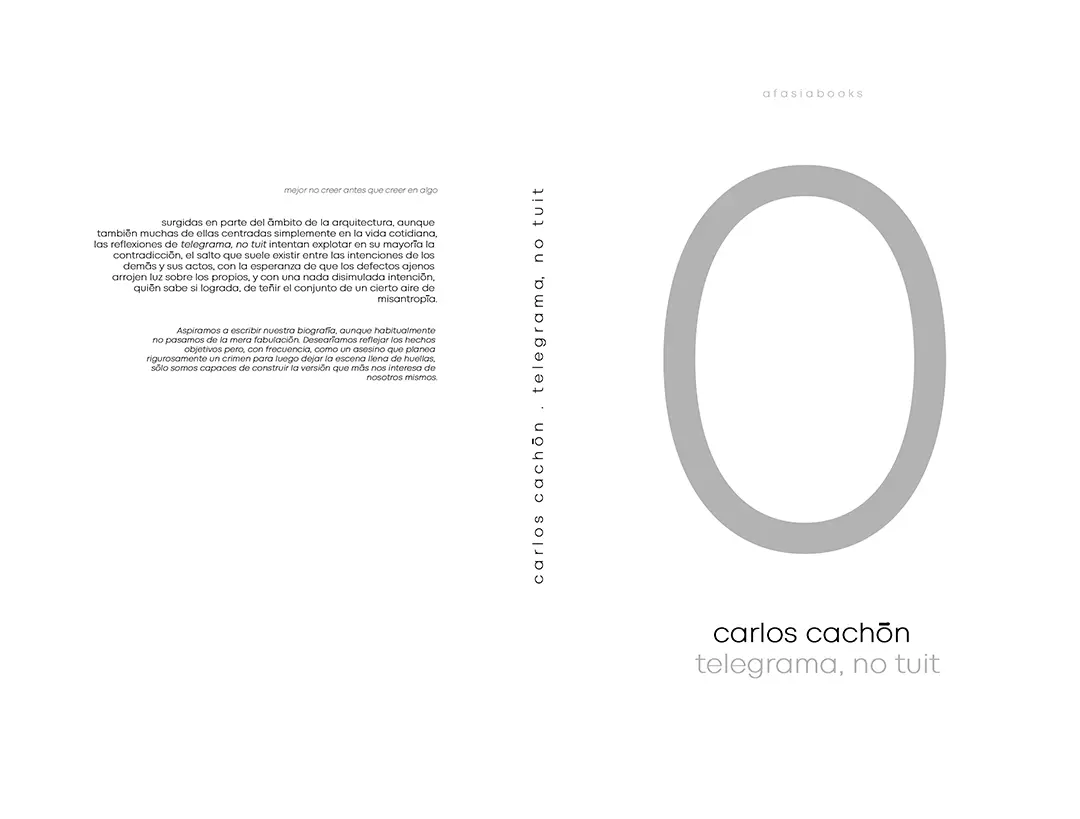
In September 2019, a festival organized by Kopio Office called Evocazioni Frontali took place inside the agricultural courtyard of Giol Foundation in San Polo di Piave (Treviso,Veneto, Italy).
Cultural debates and public initiatives aimed to re-discover and celebrate the beauty of the unused urban space while imagining its possible future uses. The project sought to understand the evolution of the Venetian rural area as an agricultural landscape of sedimentation and stratification constructed by its inhabitants. Evocazioni Frontali promoted a critical re-reading of the landscape and the active cooperation of its inhabitants to encourage a respectful regeneration of the historical environment to answer their contemporary needs.
San Polo di Piave is one of the many small villages of the urban network composing the Veneto region. A territory that expresses the interweaving of production and commercial relationships of a mixed agricultural and manufacturing economy. The agricultural courtyard commonly called barchessa, loca- ted in the center of the city, is an exemplary architectural case that embodies the exclusion of tradition by modernity; a place that has been abandoned for several decades. In the past, used to be what we define as “rural square”: the space of interaction between the agricultural activities, the urban context and the manufacturers, thus the space of trade between the different social classes. Evocazioni Frontali catalyzed both processes and relationships among the different players, placing itself within the rural space and the city, tradition and modernity. It wills to play with those borders where the conflict is still active and where the two sides are still contradictory, a new layer to encourage a new reading of the context and the creation of new stories.
Evocazioni Frontali took the physical form of a temporary bottom-up architecture. The octagonal structure is made of eight structural elements that work as pins for the horizontal sides that allowing for an open framework for imagination and activities. The basic structure is therefore rigidly set and its final configuration is highly metamorphic. Its temporary nature triggered the processes of requalifi- cation without suggesting a particular proposal. The self-construction allowed fast construction which started from low budget materials but which has created a synergetic local network made by institu- tions, private companies, and citizens.
The festival became the restorative action of the place, returning the farmyard and the barchessa, the physical center of the village, to the citizenry.
_


































